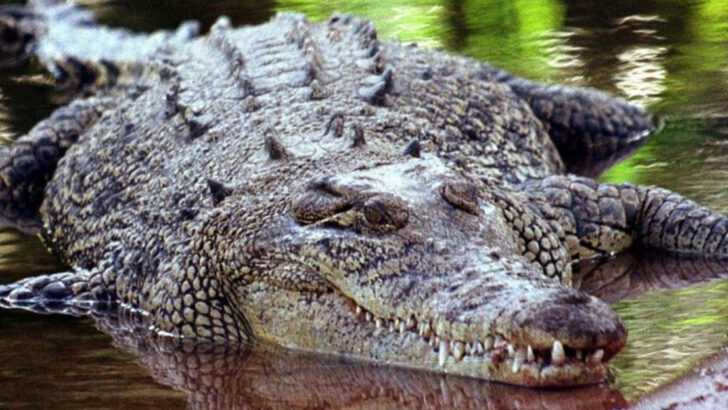Some animals never fully sleep. One eye open. Half a brain awake. Always watching. It sounds like something out of a spy movie, but for certain creatures, it’s just how they survive. While you’re snoring away in dreamland, these animals are pulling off the ultimate multitask—resting and staying alert at the same time. Predators? Not sneaking up on them. Ocean currents? Not sweeping them away. These creatures have hacked sleep in the weirdest, wildest way. Here are 10 animals that literally sleep with one eye open—and they’ve got good reasons for it.
Dolphin
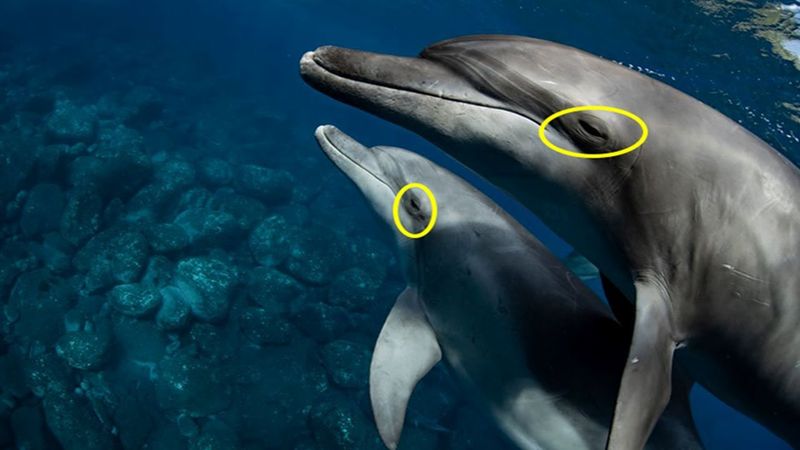
Ever wondered how dolphins manage to stay vigilant in the vast ocean? These intelligent creatures have evolved to sleep with one eye open, a survival mechanism known as unihemispheric slow-wave sleep. This allows one half of their brain to rest while the other half remains alert.
Dolphins can detect potential threats and navigate while partially asleep, ensuring they stay safe from predators. Interestingly, this method enables them to continue surfacing for air, a vital function for mammals. Truly, dolphins embody the perfect blend of relaxation and awareness, mastering the art of sleeping with one eye open.
Mallard Duck
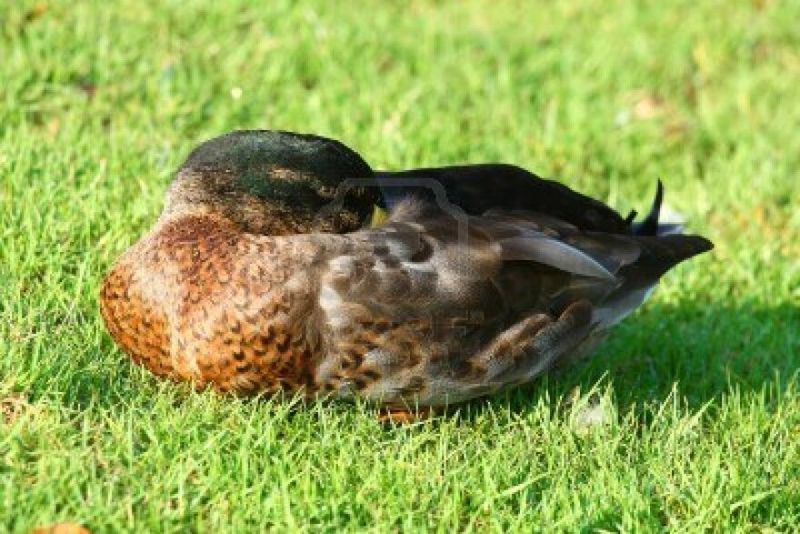
Floating serenely on a pond, the mallard duck keeps one eye open to watch for danger. This ingenious method, known as unihemispheric slow-wave sleep, allows it to rest while staying alert to predators like foxes or birds of prey.
The open eye is connected to the vigilant hemisphere of the brain, while the other half enjoys a break. This adaptation ensures mallards can enjoy the best of both worlds—relaxation and security. It’s a curious yet efficient system that highlights nature’s ability to adapt in order to survive.
Crocodile
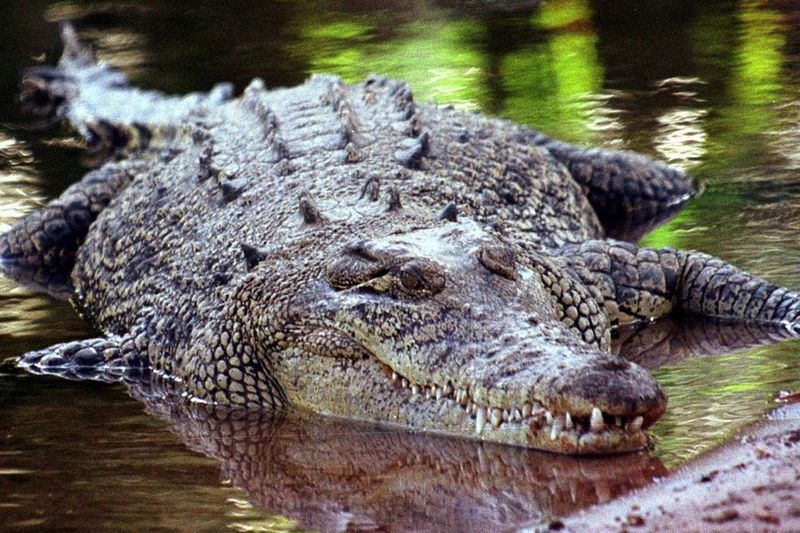
Crocodiles, ancient reptiles with a lineage that stretches back millions of years, have mastered the technique of sleeping one eye open. Their survival depends on remaining aware of both prey and potential threats.
This half-awake state allows them to spring into action when necessary. Coupled with their keen sense of hearing and acute night vision, crocodiles are formidable creatures of the night and day. Their unique sleep behavior underscores their status as apex predators, perfectly adapted to their environment.
Fur Seal
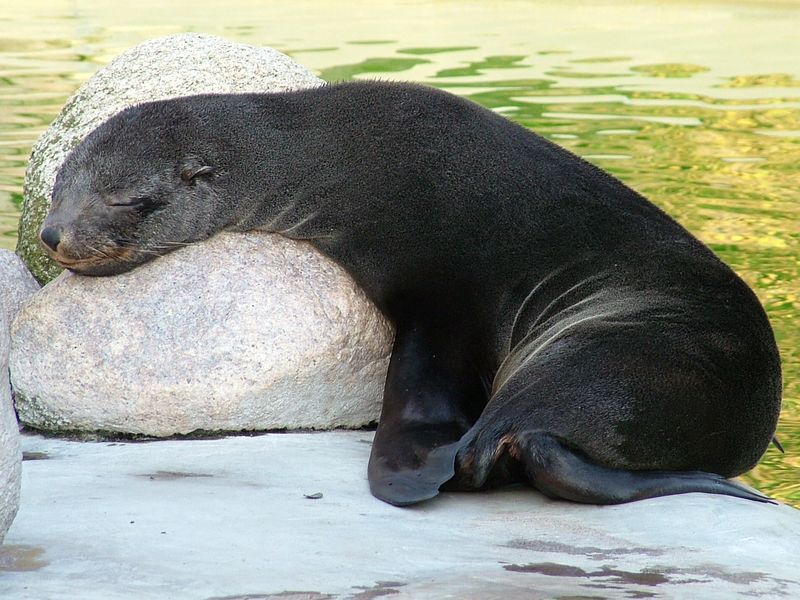
Fur seals, with their playful nature and agile movements, exhibit a fascinating sleep pattern. One eye remains open to monitor environmental changes, a trait essential for detecting predators and other threats.
This ability to maintain vigilance while resting is crucial, especially during the breeding season when they are more vulnerable. By alternating which hemisphere of the brain is active, fur seals achieve a balance between rest and alertness. It’s an impressive strategy that ensures their survival in the dynamic marine landscape.
Chicken
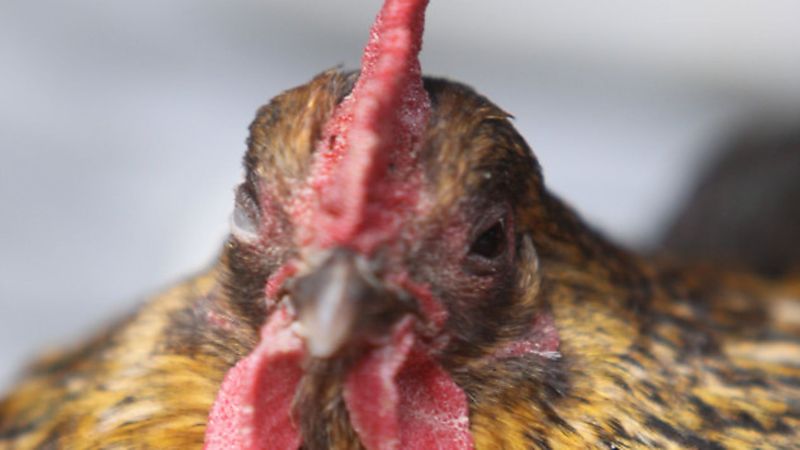
In the barnyard, chickens exhibit an interesting sleep pattern. With one eye open, they monitor for potential threats, ensuring the safety of the flock. This behavior allows them to detect predators like foxes or hawks while getting some rest.
This vigilant rest is a testament to their survival instincts, honed over generations. By keeping part of their brain alert, chickens can react quickly, maintaining the safety of their community. It’s a simple yet effective adaptation that highlights the constant interplay of rest and awareness in nature.
Pigeon
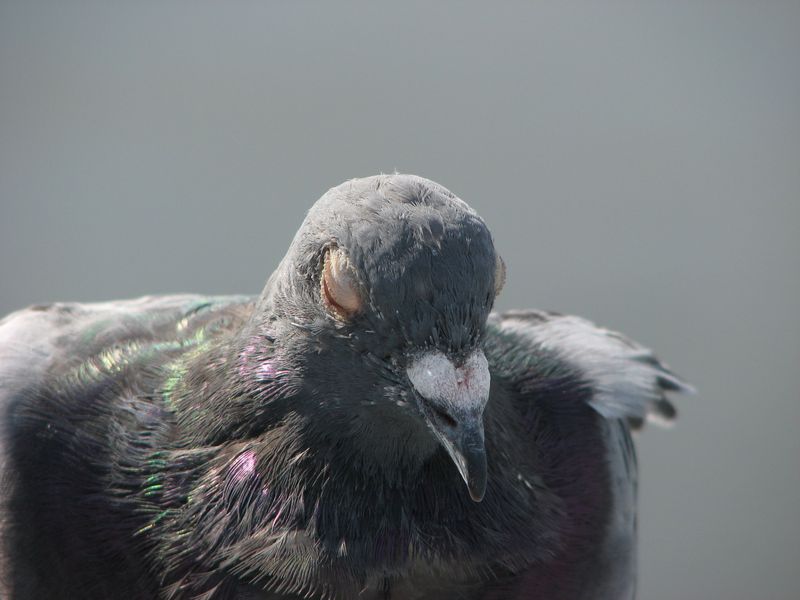
In bustling cities, pigeons have adapted remarkably well, even in their sleep. With one eye open, they scan for threats like cats or hawks, ensuring their safety in urban environments.
This form of unihemispheric sleep allows them to rest while staying aware, a useful adaptation for life on the streets. Pigeons, often underestimated, showcase nature’s ingenuity in adapting to changing landscapes, balancing rest with vigilance in their fast-paced world.
Great Frigatebird
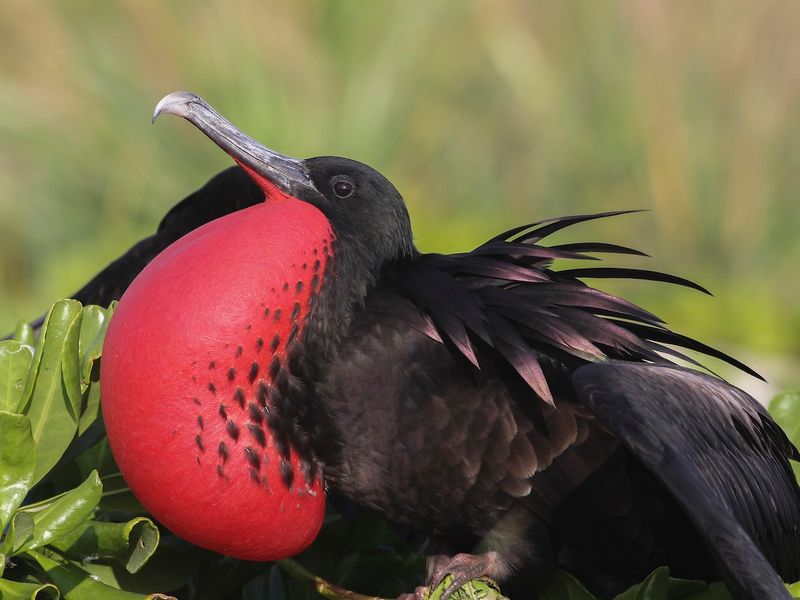
High above the ocean, the great frigatebird navigates with an eye open, a necessity during its long flights. This bird spends days on the wing, often sleeping mid-flight, a remarkable feat of nature.
By keeping one hemisphere of the brain alert, frigatebirds can rest during these extensive journeys. This adaptation is crucial for conserving energy while maintaining awareness of their surroundings. It’s a unique behavior that demonstrates their incredible migration skills, as well as the challenges faced in their airborne lives.
Iguana
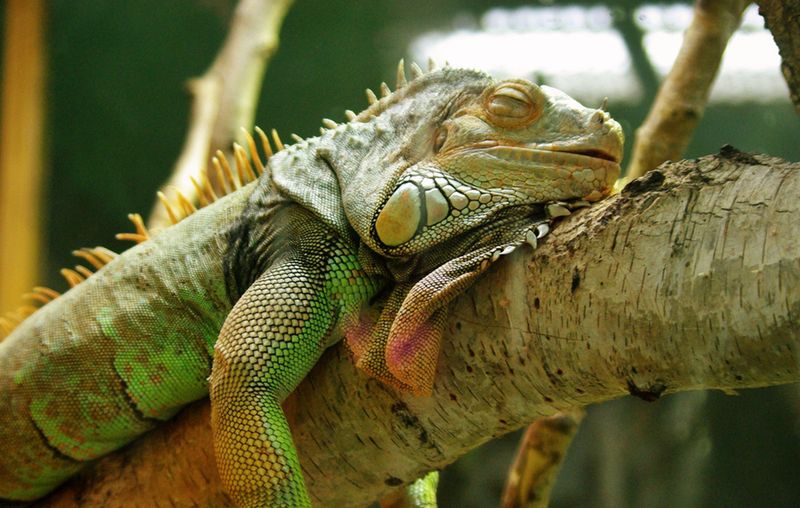
Iguanas, with their prehistoric appearance and sun-loving habits, are known to sleep with one eye open. This allows them to stay wary of predators like birds of prey, while enjoying a peaceful rest.
Their ability to remain semi-alert is a crucial survival tactic, especially in their natural habitats where danger can strike unexpectedly. Iguanas’ unique sleep pattern highlights their resilience and adaptability in the wild, embodying a perfect balance between relaxation and vigilance.
Common Swift
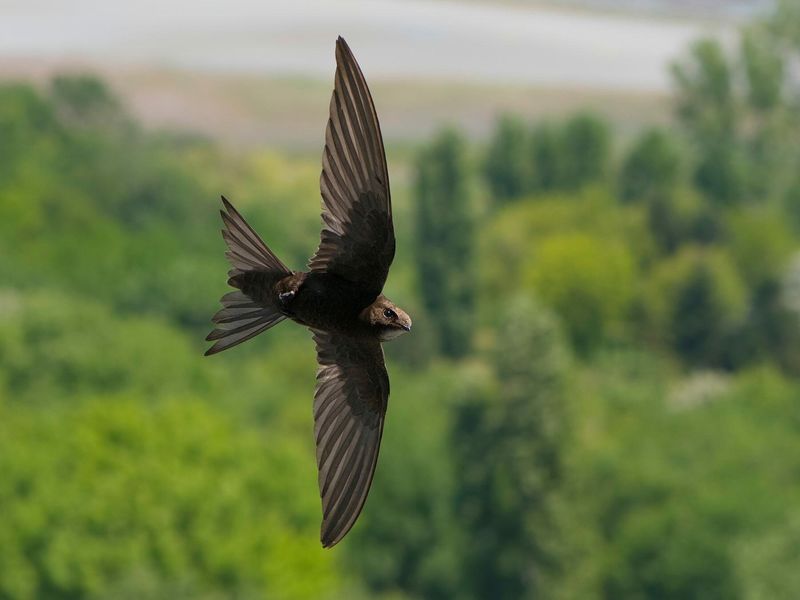
The common swift, a master of the skies, can sleep with one eye open while gliding through the air. This ability is vital during their long migratory journeys, allowing them to rest without losing altitude or direction.
By alternating which eye remains open, swifts manage to stay alert to environmental changes. This adaptation is crucial for their survival during non-stop flights that can last for months. It’s a testament to their endurance and the remarkable adaptations that enable them to thrive in the sky.
Albatross
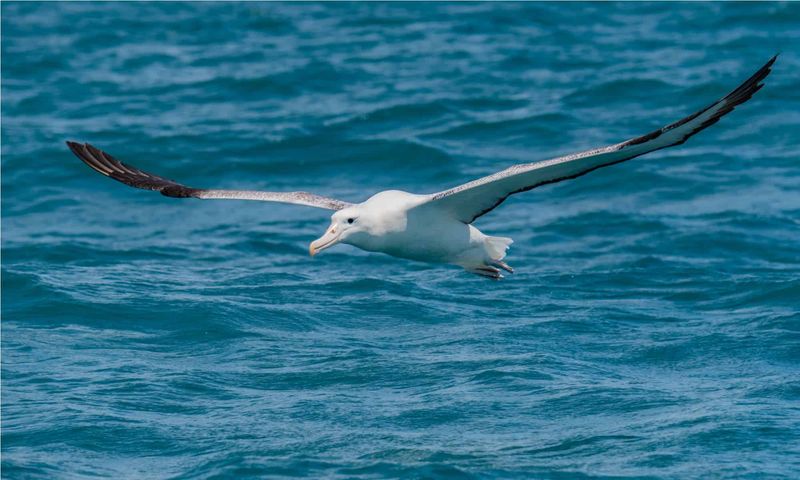
Albatrosses, with their majestic wingspans, are known for their endurance flights across vast oceans. They sleep with one eye open, a technique that allows them to stay partially aware while soaring.
This adaptation enables them to navigate and rest simultaneously, a necessary skill during their long journeys. The ability to rest mid-flight ensures they conserve energy while remaining alert to the environment. This unique sleep behavior underscores the albatross’s status as a master navigator of the open seas.

